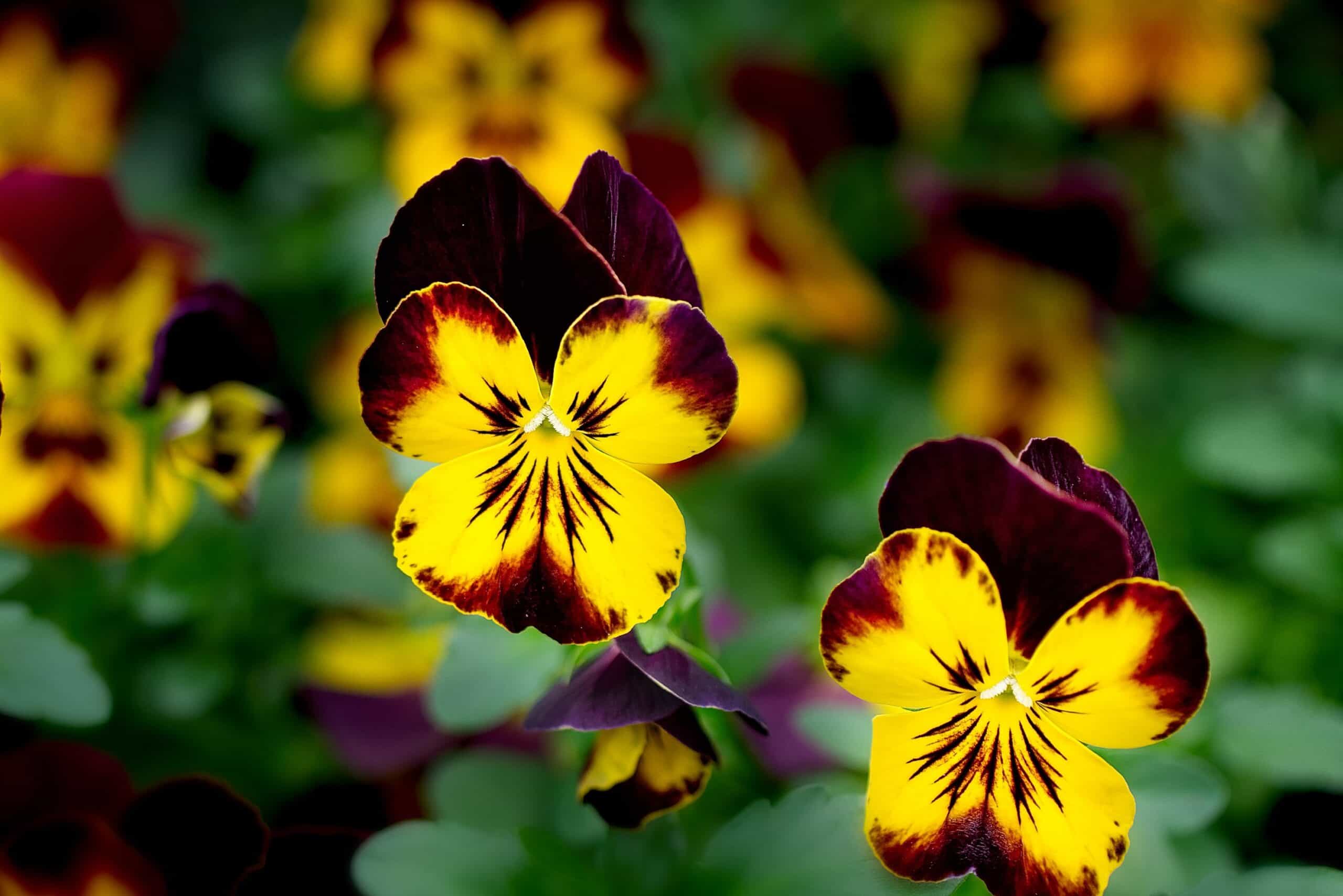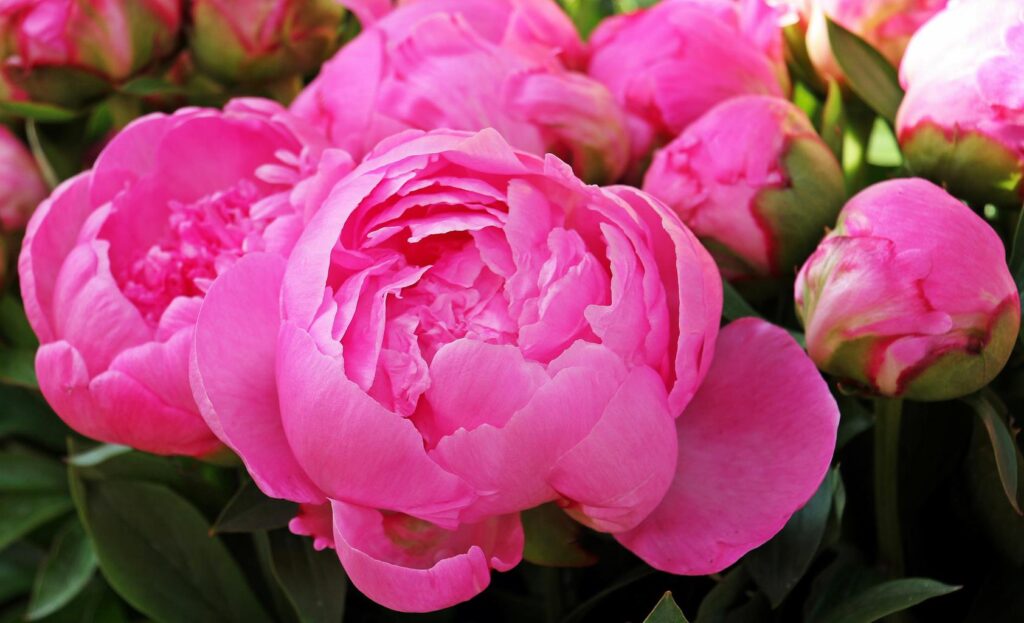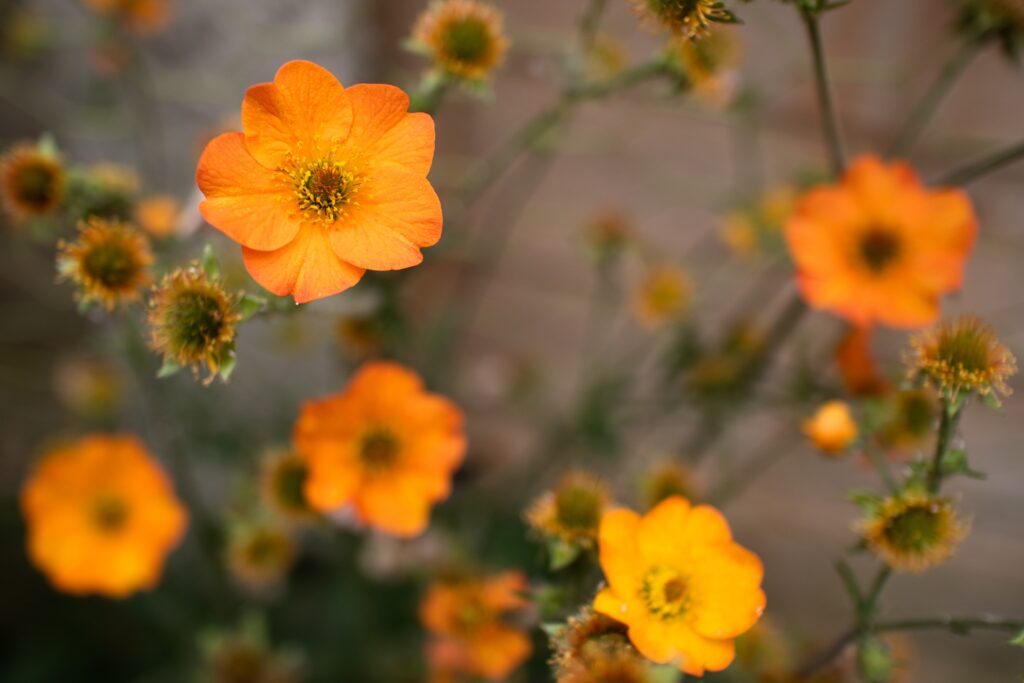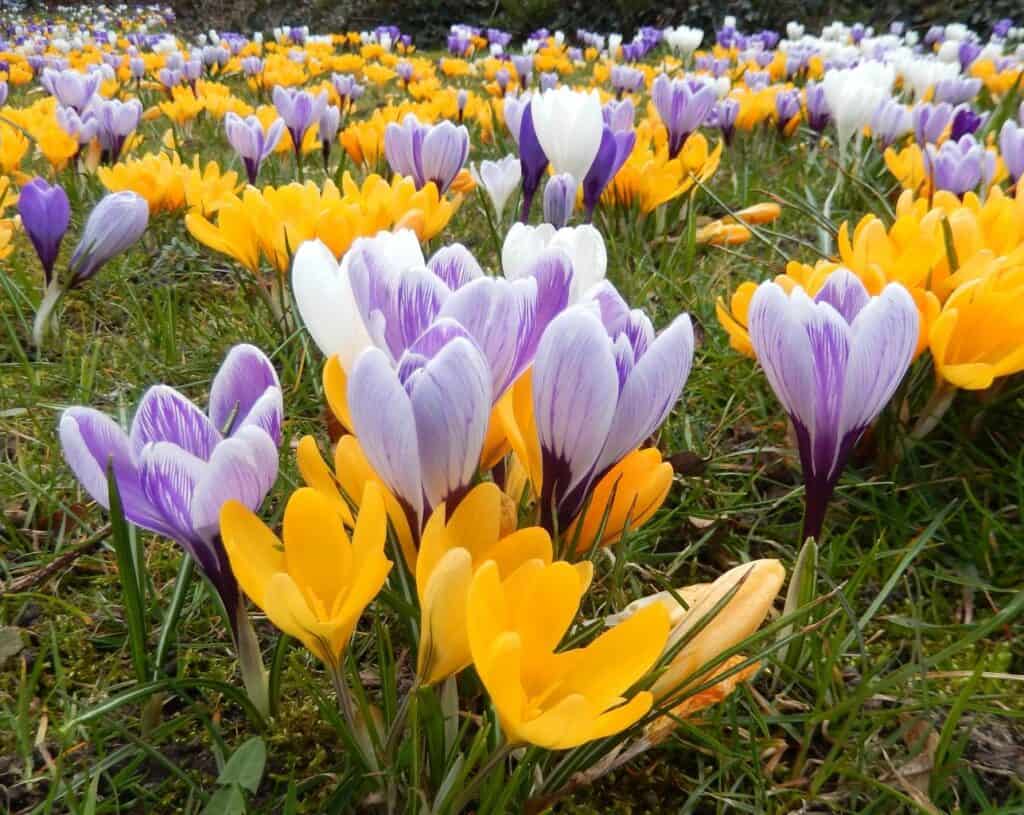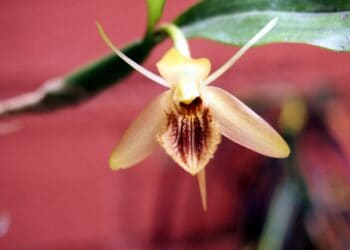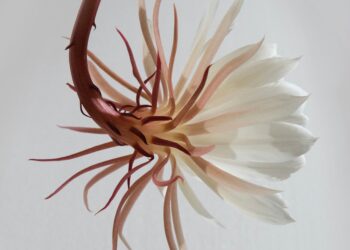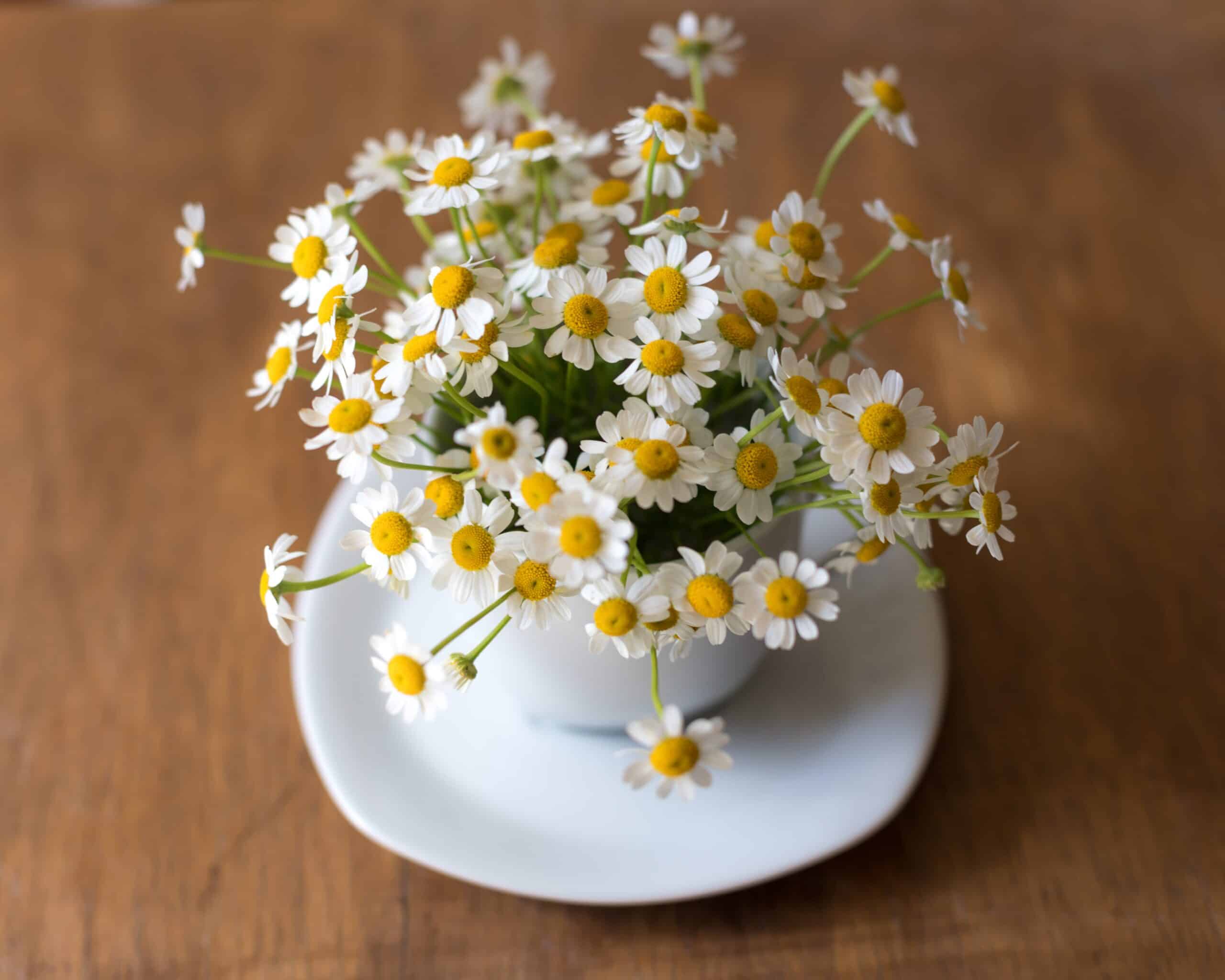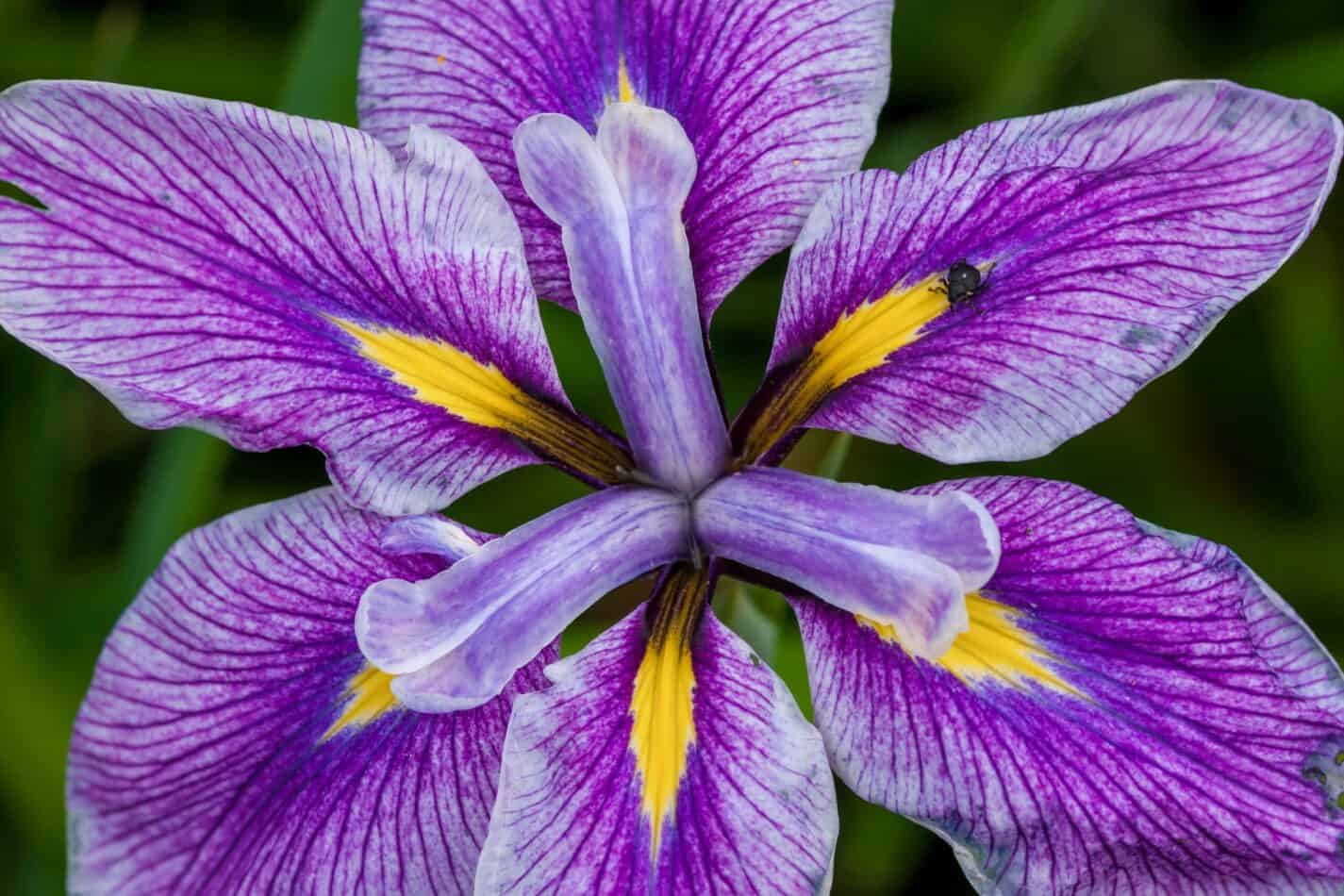Flowers have been used throughout human history as symbols of emotions and sentiments, representing healing and strength.
Flowers have long been used to symbolize hope, renewal, and healing. Whether used in religious rituals, personal mementos, or public displays of support, flowers can offer comfort and inspiration during times of hardship.
Many cultures worldwide have assigned specific meanings to different types of flowers, which often include associations with health, resilience, and emotional well-being. Flowers can uplift and heal us in various ways, whether used in medicinal remedies, given as gifts to show support and care, or appreciated for their natural beauty and calming effects. In this regard, using flowers to represent healing and strength is a timeless and universal practice that remains relevant in the modern world.
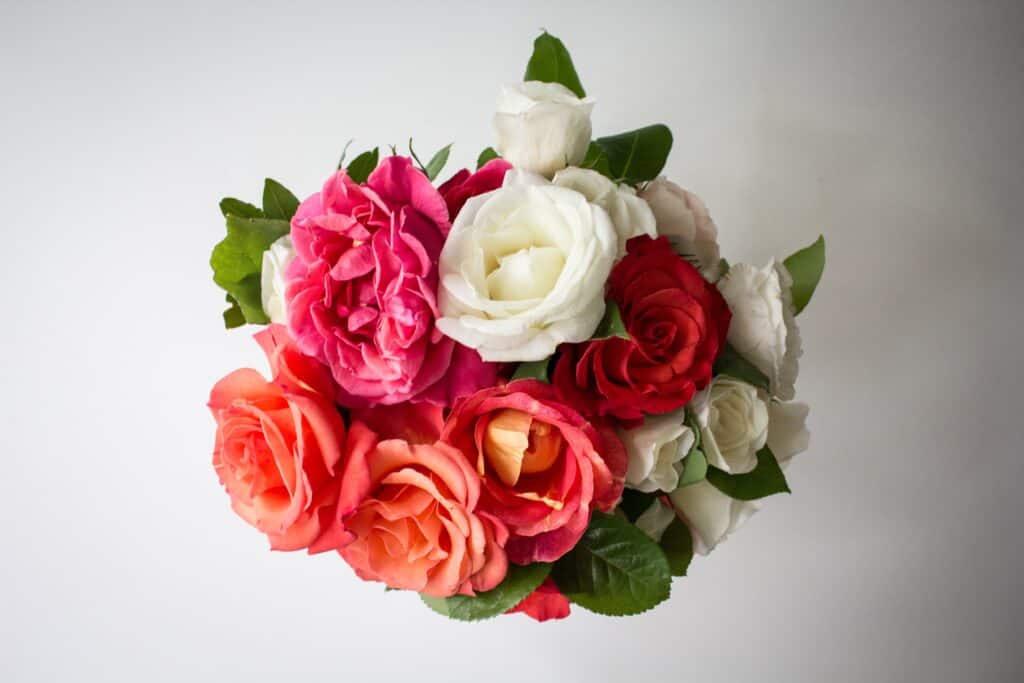
Flowers Represent Healing and Strength
Several flowers are associated with healing and strength. Here are a few examples:
- Lavender: Lavender is often used to promote relaxation, reduce stress, and improve sleep. People believe Lavender has healing properties and can help ease headaches, anxiety, and other ailments.
- Echinacea: Echinacea is a coneflower type often used to boost the immune system. It is believed to have anti-inflammatory properties and is commonly used to treat colds and flu.
- Chrysanthemums: Chrysanthemums are often associated with healing and are commonly used in traditional Chinese medicine. They are believed to have anti-inflammatory and antibacterial properties and can be used to treat a variety of ailments, including headaches, fevers, and high blood pressure.
- Sunflowers: Sunflowers are often seen as a symbol of strength and resilience. They are known for their ability to turn towards the sun and can be seen as a representation of hope and positivity.
- Roses: Roses are often associated with love and beauty, but they can also represent healing and strength. In particular, pink roses are often seen as a symbol of healing and can be given to someone who is going through a difficult time.

In addition to the aforementioned flowers, there are several others that are associated with healing and strength.
- Calendula
For example, Calendula is a type of marigold flower that is known for its anti-inflammatory and antiseptic properties. It is often used in natural remedies to heal wounds and skin irritations.
- Aloe
Aloe vera is another plant that is used for its healing properties, and its gel can be applied to the skin to soothe burns, cuts, and other injuries.
- Chamomile
Another flower that is associated with healing is chamomile, which is often used to promote relaxation and reduce stress. Chamomile is commonly used as a tea or oil and is known for its anti-inflammatory and antibacterial properties. Similarly, the yarrow flower is often used as a natural remedy to treat wounds and promote healing due to its anti-inflammatory and antiseptic properties.
Overall, these flowers and plants have been used for centuries in various cultures for their healing and strength-giving properties. Whether used in traditional medicine, natural remedies, or simply enjoyed for their beauty and calming effects, flowers have the power to lift our spirits and promote healing in a variety of ways. By harnessing the natural properties of these plants and flowers, we can tap into the strength and resilience that they symbolize and draw inspiration from their beauty and grace.
What Flower Symbolizes Resilience?
The lotus flower is often associated with resilience.
- Lotus
The lotus is a plant that grows in muddy and murky water, yet it is able to rise above the surface and bloom into a beautiful flower. This ability to grow and thrive in difficult conditions has made the lotus a symbol of resilience in many cultures. Additionally, the lotus is also seen as a symbol of spiritual enlightenment, as its growth cycle is reminiscent of the journey towards inner peace and enlightenment. The lotus is often depicted in art and literature as a symbol of resilience and strength in the face of adversity.
The lotus flower’s significance in Eastern culture is notable, where it is considered a sacred flower and an important symbol in various religions, including Hinduism, Buddhism, and Jainism.
In Hinduism, the lotus is a symbol of creation, purity, and spiritual enlightenment. In Buddhism, the lotus is often depicted with the Buddha and represents the journey towards enlightenment, where it is believed that the roots of the lotus are firmly planted in the earth, while the flower rises above the water and represents the attainment of enlightenment.
Additionally, in Jainism, the lotus is considered a symbol of detachment, as it grows in water but is not affected by it.
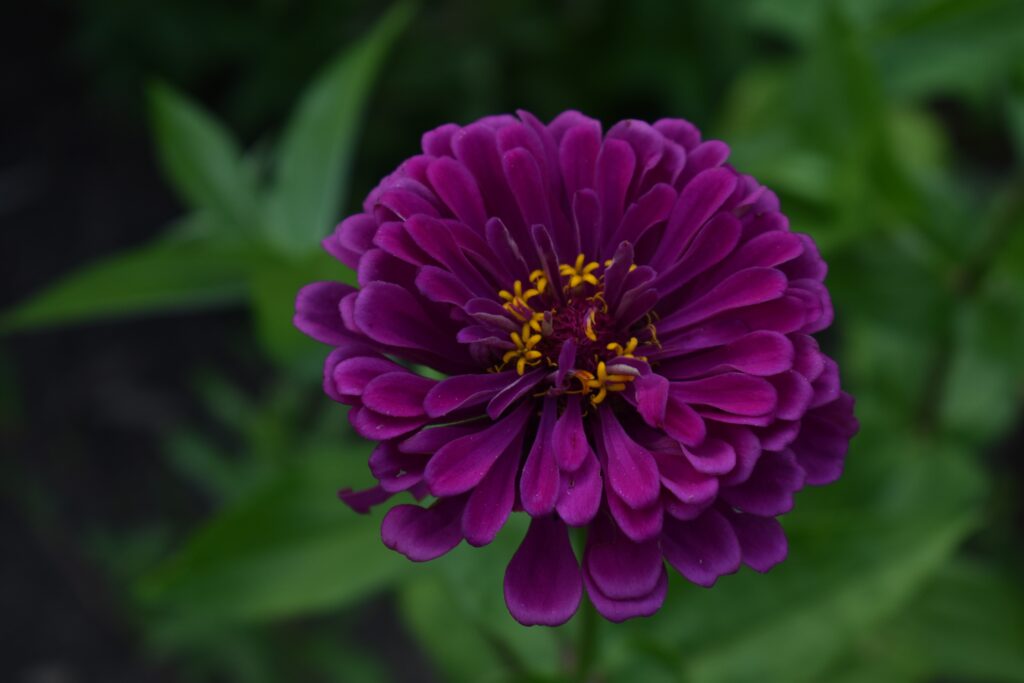
The lotus flower’s ability to emerge from muddy and murky water and blossom into a beautiful flower has inspired many people to view it as a metaphor for personal growth and resilience. This is because, in life, individuals may also face challenging situations and difficult conditions that threaten their well-being and personal growth.
However, like the lotus flower, people can rise above adversity and transform into something beautiful and resilient. The lotus flower has also been used in art, literature, and poetry to symbolize a person’s strength in overcoming hardships and rising above difficult circumstances. Overall, the lotus flower’s ability to grow in harsh conditions, rise above the water, and bloom into a beautiful flower has made it a powerful symbol of resilience, personal growth, and spiritual enlightenment.
The lotus flower’s resilience is not only symbolized in its ability to grow and thrive in challenging conditions, but also in its unique growth cycle. The lotus grows from the mud at the bottom of a pond, slowly making its way up towards the surface, where it eventually blossoms into a beautiful flower. The journey from the murky depths of the pond to the surface is seen as a metaphor for the challenges and struggles that individuals face on their path towards personal growth and enlightenment.
The lotus flower’s resilience is not just about surviving in difficult conditions but thriving and blooming in spite of them. This resilience is what makes the lotus flower a powerful symbol for anyone who has faced hardships in life and emerged stronger and more beautiful. It reminds us that with patience, perseverance, and the right conditions, we too can rise above adversity and become stronger and more resilient. The lotus flower is not just a symbol of resilience, but also a reminder of the beauty and strength that lies within each of us, waiting to be uncovered and nurtured.
What is The Flower of Courage?
The red poppy is often associated with courage.
- Red Poppy
This association dates back to World War I when the poppy became a symbol of remembrance for soldiers who had died in battle. The poppy’s bright red color was reminiscent of the blood shed in the war, and it was seen as a symbol of the courage and sacrifice of those who had fought and died. Today, the red poppy is still used as a symbol of courage and remembrance, especially around Memorial Day and Veterans Day. In addition, some cultures also associate the iris flower with courage, as it has historically been used as a symbol of strength and valor.
- Iris
The iris is also sometimes referred to as the “sword lily” because of its sword-shaped leaves, which further emphasize the flower’s association with bravery and courage. In ancient Greek mythology, the iris was associated with the messenger goddess Iris, who was believed to use rainbows as a pathway between heaven and earth. This connection to the divine further reinforced the iris’s association with strength and courage.
- Chrysanthemum
In addition to the red poppy and iris, there are other flowers that have been associated with courage in various cultures and contexts. For example, the chrysanthemum is often seen as a symbol of courage in Japanese culture, as it is associated with the samurai, who were known for their bravery and martial skills.
- Daffodils
The daffodil is used as a symbol of courage in the context of cancer awareness, as it represents hope and perseverance in the face of adversity.
Overall, the idea of a “flower of courage” depends on cultural and historical context. Flowers have long been used as symbols of human emotions and values, and the association of certain flowers with courage serves as a reminder of the bravery and sacrifice of those who have come before us.
What Flower Symbolizes Strong Women?
- Protea
The protea flower is native to South Africa and is the national flower of the country. It was named after the Greek god Proteus, who was known for his ability to change his shape to adapt to different situations. This name is fitting for the protea flower, which has evolved to withstand the harsh conditions of its native environment, including drought, wildfire, and poor soil.
The protea comes in a variety of shapes and sizes, from large, showy blooms to small, delicate flowers. Some varieties have petals that resemble feathers or spikes while others have a more traditional petal shape. This diversity of form has led to the protea being used in a variety of ways, from bouquets and floral arrangements to home decor and fashion.
The protea flower has become an emblem of strength for numerous individuals and organizations due to its association with powerful women. For instance, the Women’s March in South Africa adopted the protea as a symbol of women’s resilience and fortitude during difficult times in 2018. The fashion industry has also used the protea as a representation of women’s empowerment, with designers creating apparel and accessories inspired by its beauty.
Apart from its connection to powerful women, the protea also holds cultural and historical importance. In traditional African medicine, the protea has been utilized to cure various illnesses, including coughs and fevers. Additionally, the flower has been incorporated into artwork and literature as a symbol of hope, renewal, and transformation.
In summary, the protea’s resilience, toughness, and endurance render it an ideal symbol of strong women. Its unique and stunning appearance, as well as its cultural and historical value, have led to its widespread usage as an emblem of women’s strength and empowerment.
What we love from Amazon this week
Buy these wonderful flowers directly from Amazon:


